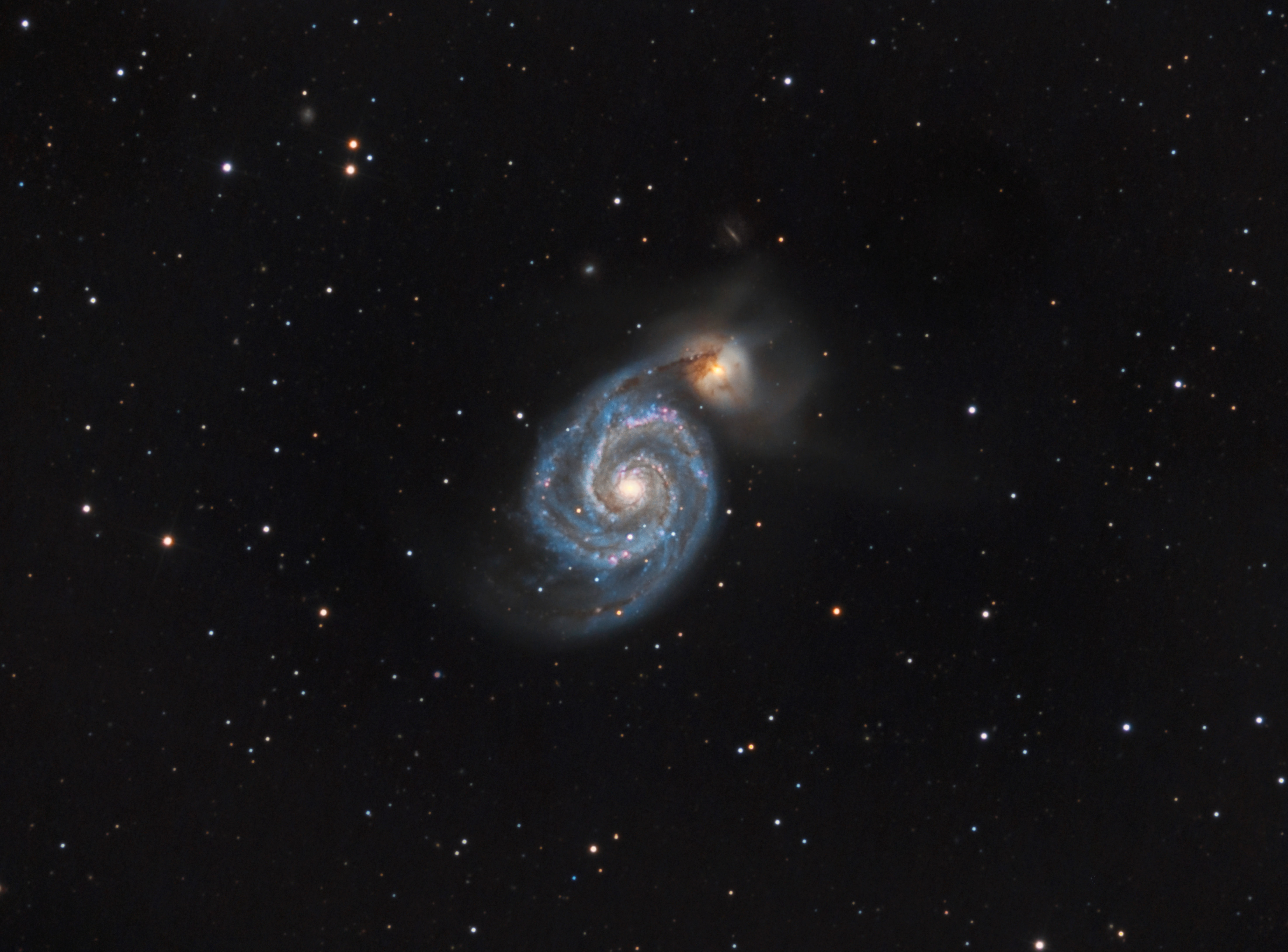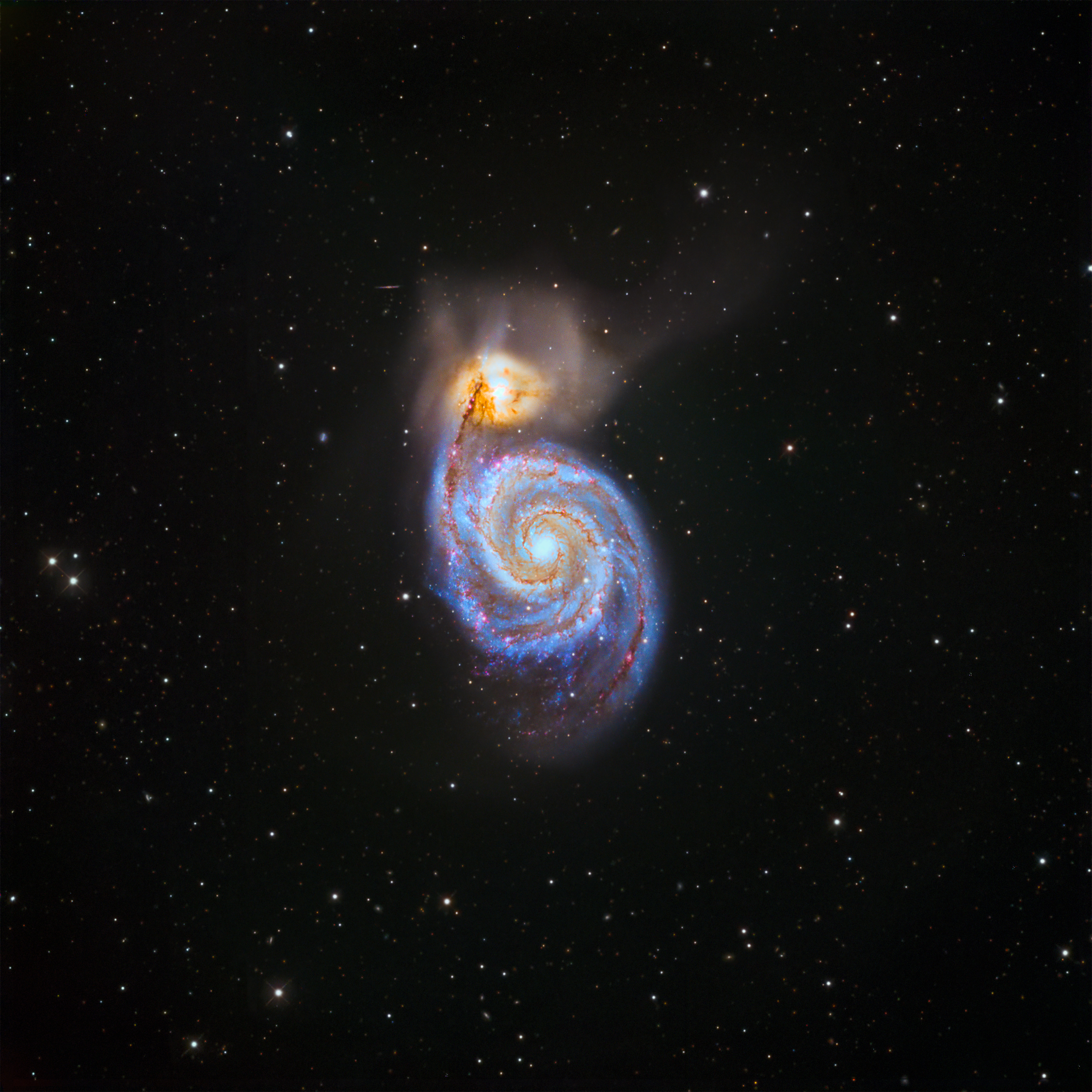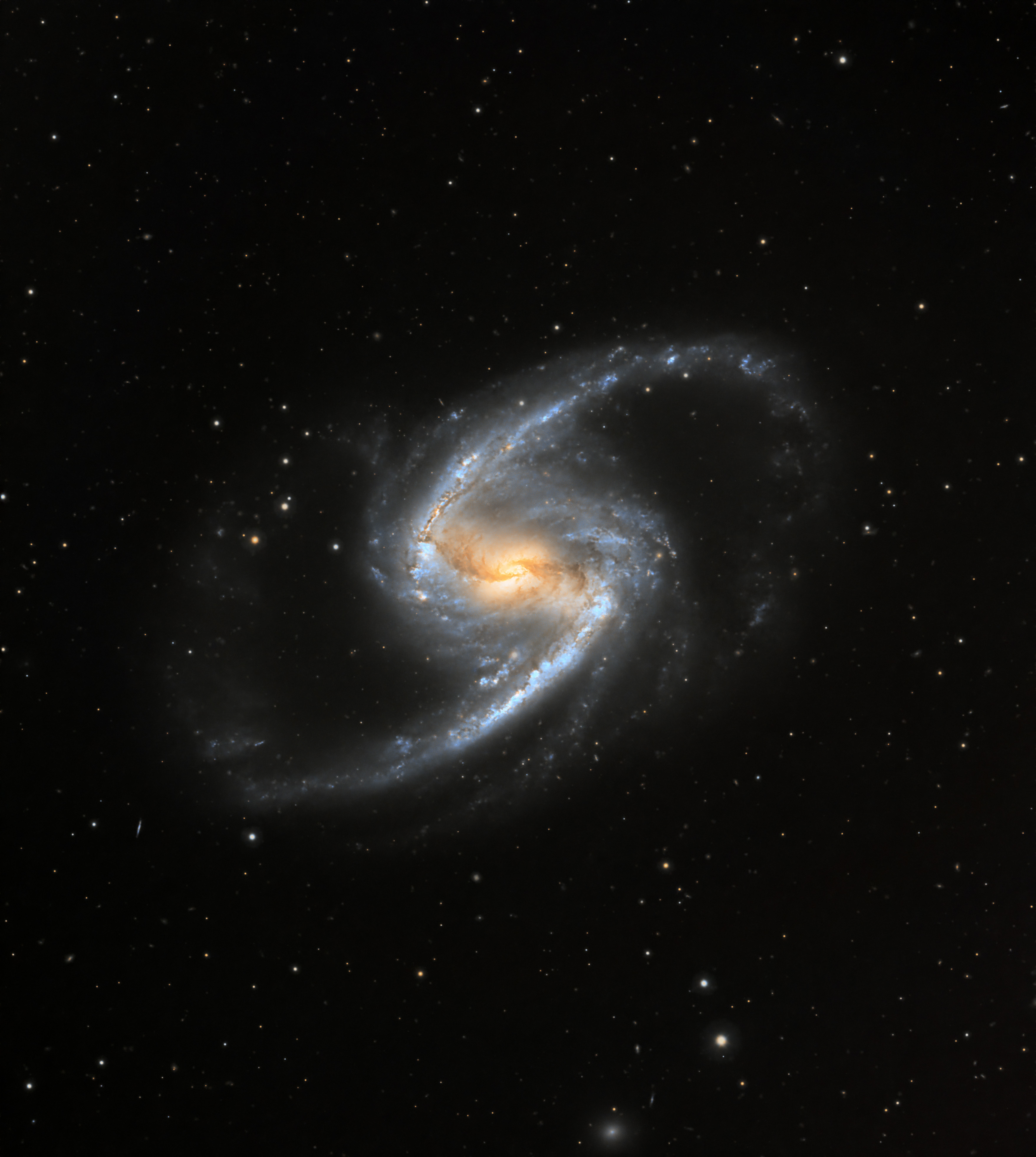In this blog post, I’ll delve into the environmental factors beyond just your astro-gear that significantly impact the quality of your astrophotography. These conditions led me to an unexpected decision, breaking a promise I made eight years ago. So, let’s dive in!
Illuminating the Night: Battling Light Pollution to Reveal the Cosmos
One of the foremost challenges is light pollution, a pervasive issue particularly evident in urban areas like Utrecht, the Netherlands, where I reside, nestled close to Amsterdam in a red zone on the light pollution map. Similar scenes unfold across major urban hubs in Northwestern Europe and along the East Coast of the USA and Canada, where the skies are marred by artificial glow.
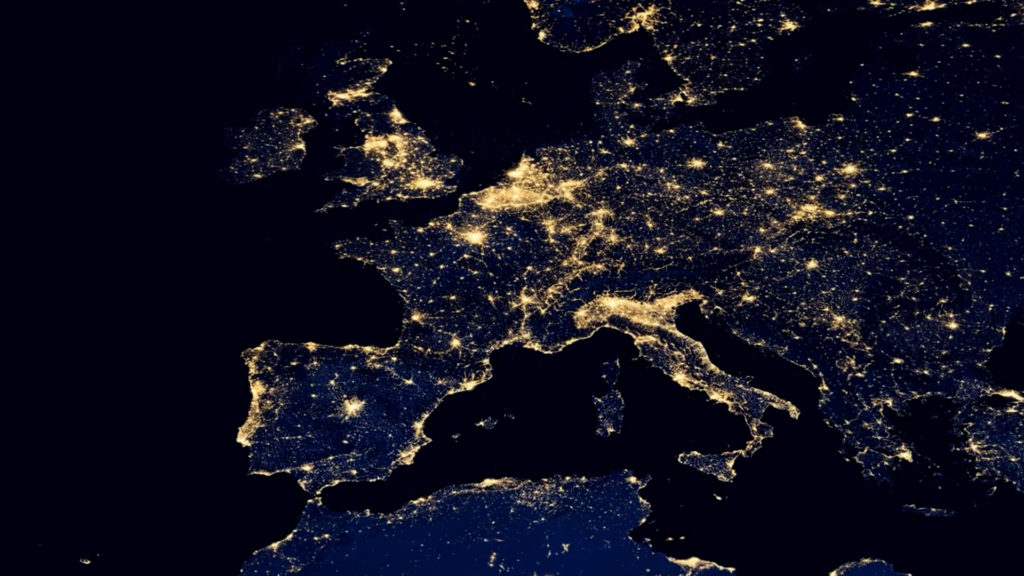

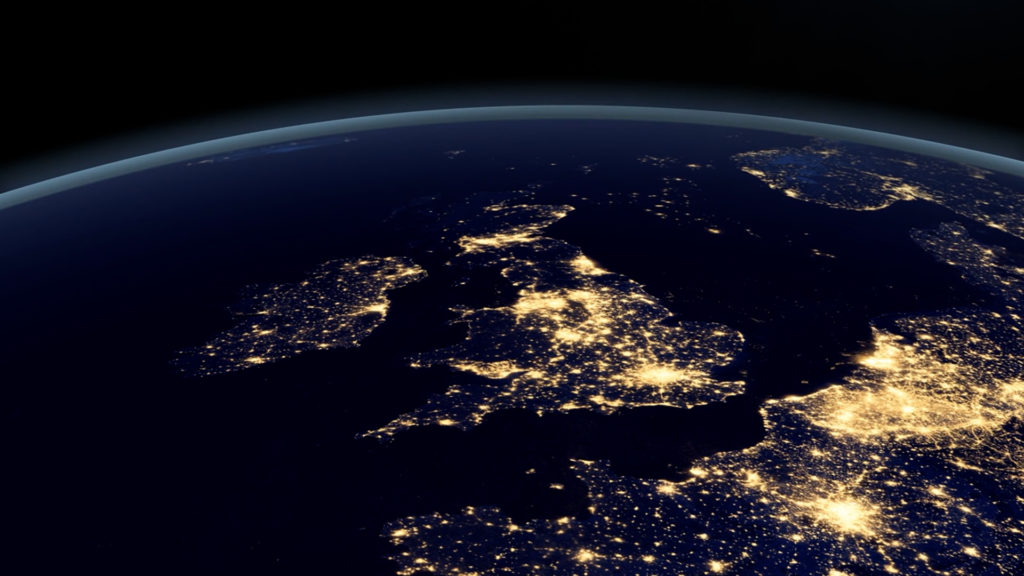
Just envision the transformative effect of eliminating light pollution from our cities – a vista adorned with thousands of stars and the majestic Milky Way. It’s a breathtaking dream, albeit one that seems increasingly distant as urbanization advances. Yet, despite these challenges, innovative solutions have emerged. Techniques such as using narrowband and broadband light pollution filters help mitigate the adverse effects, allowing urban astrophotographers like myself to capture remarkable celestial images even from the confines of city balconies.


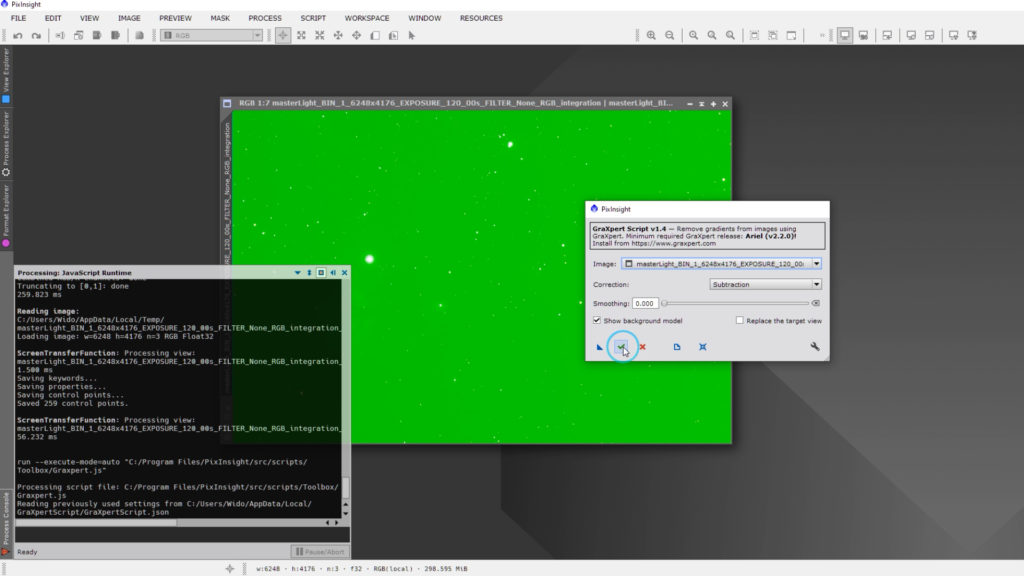

While advancements in post-processing software like Graxpert and dynamic background extraction offer further refinements, they can’t replicate the pristine darkness of a truly remote location. Thus, the allure of venturing to a dark site remains unparalleled. If you’re fortunate enough to inhabit such an area, I implore you to consider delving into astrophotography – and rest assured, I’ll be eager to explore your backyard and capture the wonders of the cosmos firsthand.
Weathering the Storm: Astrophotography Amidst the Clouds
Another significant hurdle in astrophotography is the unpredictable whims of the weather, a challenge exacerbated by my residence in the Netherlands, where conditions have noticeably deteriorated in recent years. From November to March alone, clear nights have been a rarity, with extreme weather events becoming increasingly common – from heavy rainfalls in autumn and winter to scorching temperatures in summer, all while living in a country famously situated below sea level.
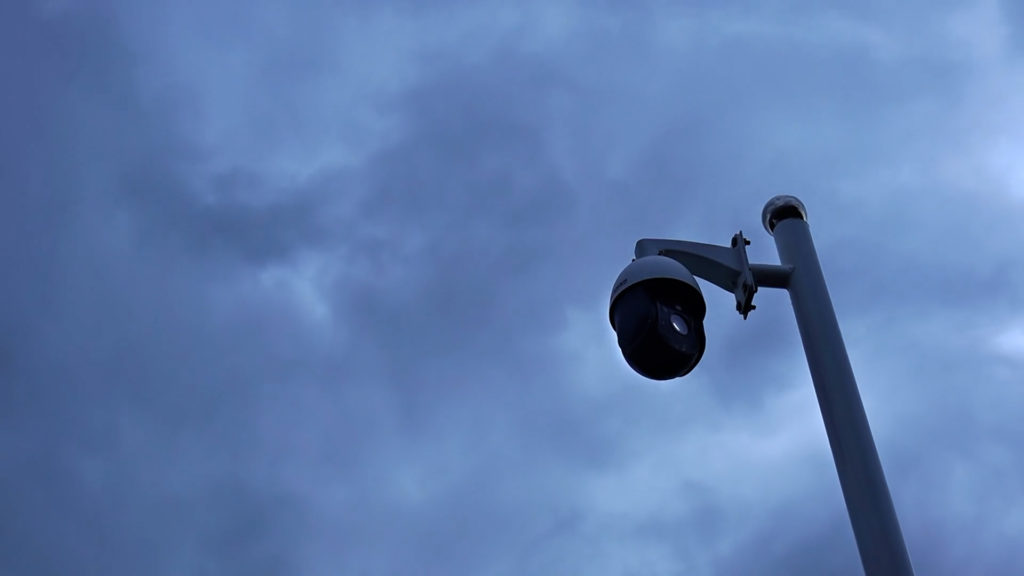
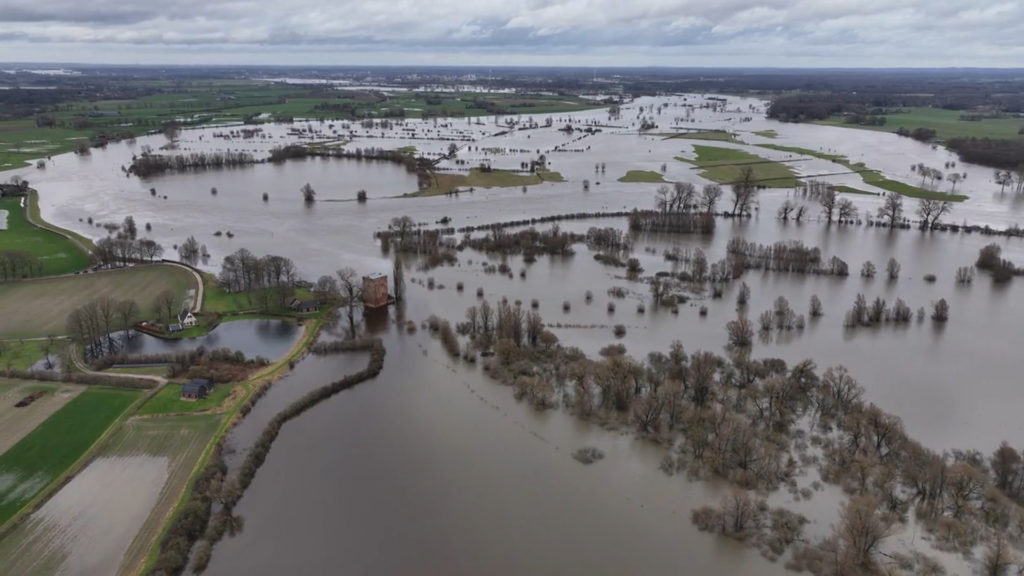
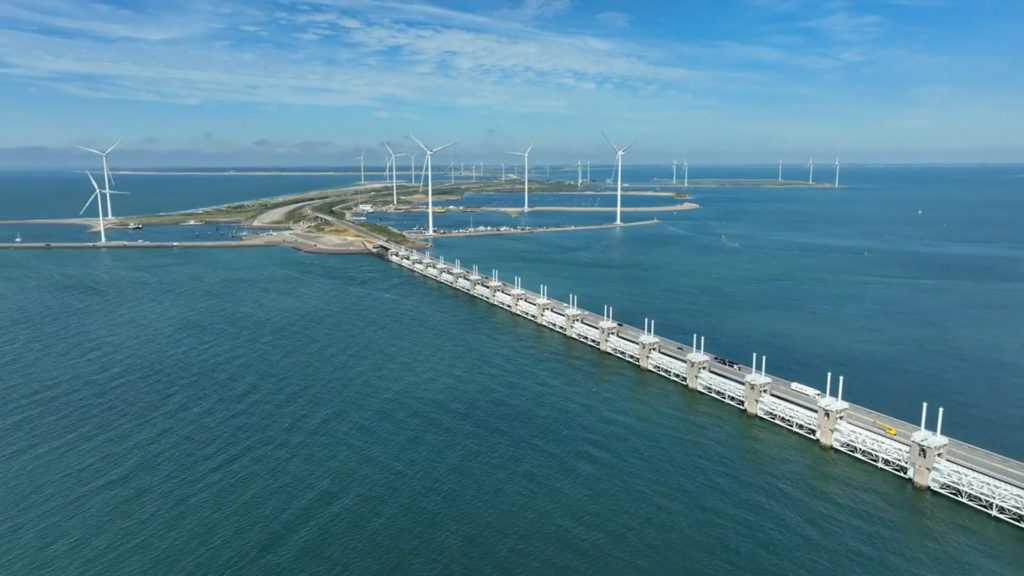

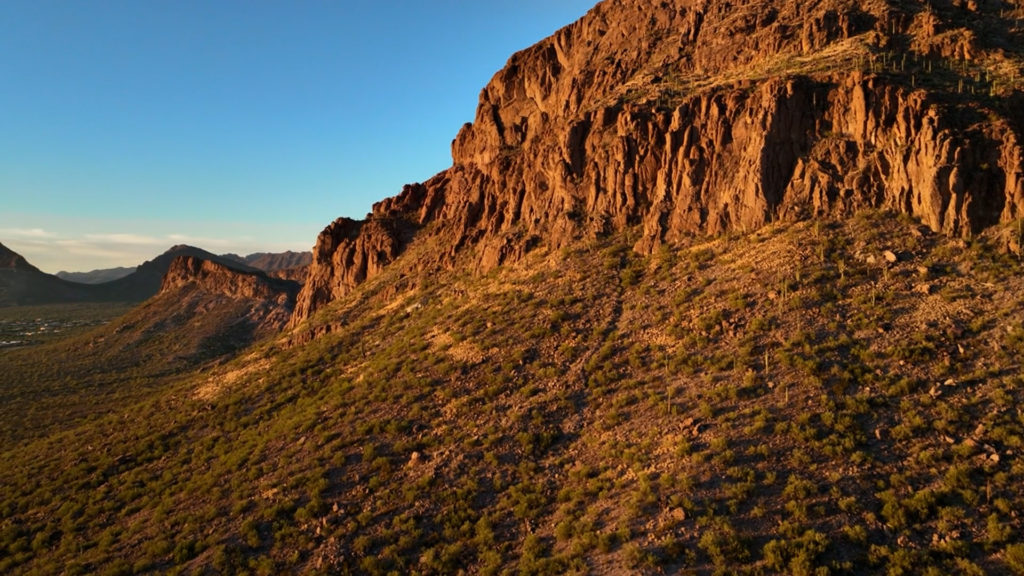
In comparison to regions like Spain, Texas, or Arizona, where the sun graces the skies for double or triple the hours annually, my corner of the world seems perpetually veiled by clouds. Interestingly, the UK is one of the few places we outshine in terms of sunlight, perhaps explaining the prevalence of Dutch and British enthusiasts on forums like cloudy nights. It’s commendable that even under the veil of challenging weather, the passion for stargazing and astrophotography knows no bounds.
Seeing Beyond the Skies: Unveiling the Challenges of Astronomical Seeing
Now, let’s turn our gaze towards the third major challenge in astrophotography: astronomical seeing conditions. Picture this: clear skies devoid of light pollution stretching across the globe – a fanciful notion, I know, but indulge me for a moment. Even in this ideal scenario, where you choose to set up your astrophotography rig profoundly impacts the outcome due to a phenomenon known as astronomical seeing.
Consider the vast expanse above us – approximately 100 kilometers of atmosphere before we reach the reaches of space. It’s a concept that can boggle the mind; a mere 100 kilometers, a distance easily traversed in less than an hour by car. But let’s focus. Ideally, we want those 100 kilometers of atmosphere to be tranquil. However, reality paints a different picture. From streets radiating heat after a scorching day to turbulent airflows influenced by the surrounding landscape up to a kilometer or two, atmospheric disturbances are a constant challenge. Interestingly, ascending above this turbulent layer significantly improves astronomical seeing conditions, a fact evident in the strategic placement of professional telescopes atop mountains in Chile or on volcanic peaks in places like Hawaii or Tenerife.

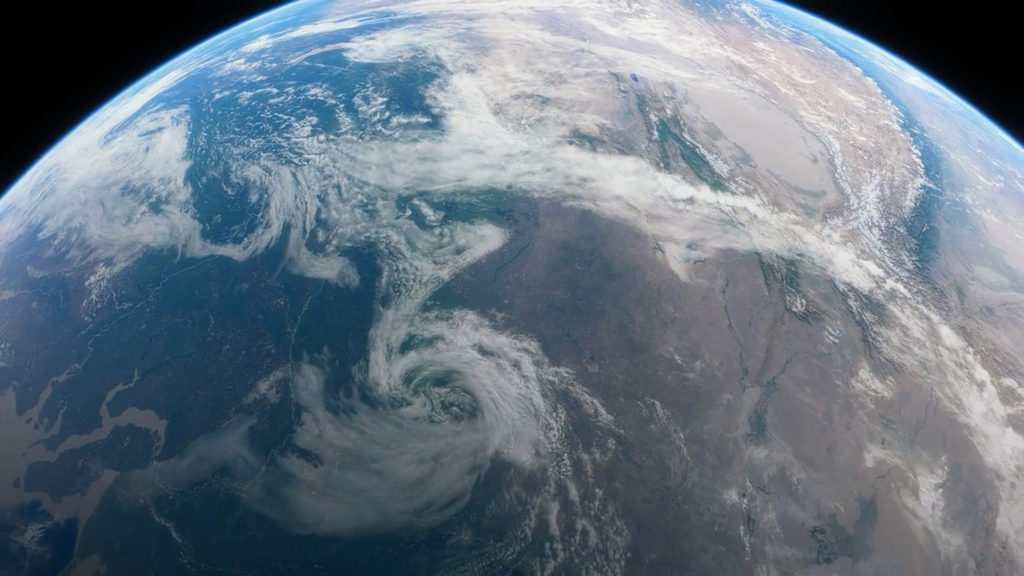


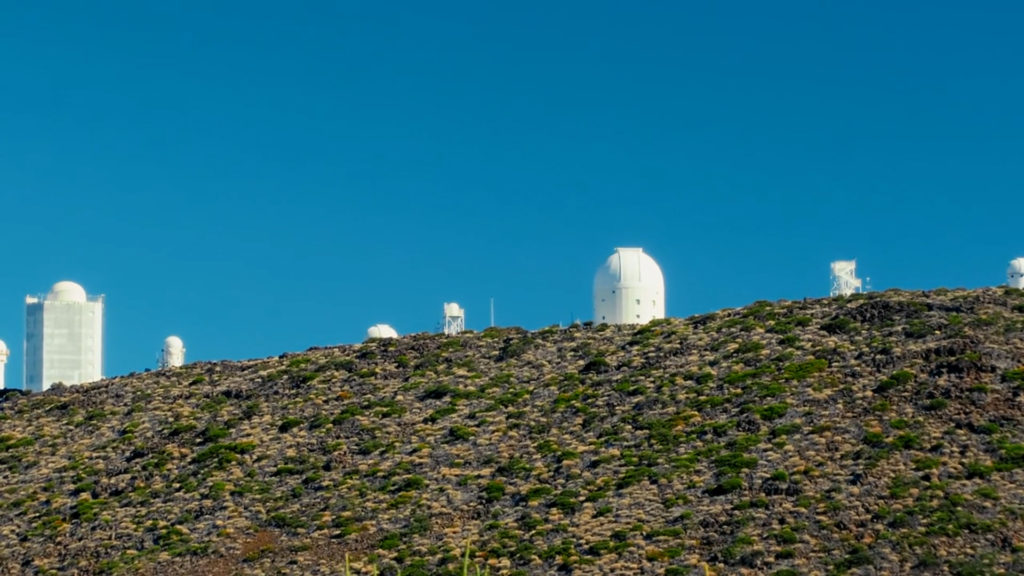

In the Netherlands, where I reside at sea level, astronomical seeing never dips below 1 arcsecond – a unit familiar to many from high school geometry lessons. To put it in perspective, the apparent size of the Moon in the night sky is approximately half a degree, while many celestial objects are even smaller. This is why astronomers often discuss measurements in arcminutes (1/60th of a degree) and arcseconds (1/3600th of a degree), with tiny objects like planets in our solar system or distant galaxies appearing as tiny objects in the sky.
In places at sea level such as Amsterdam, London, or New York, even on the clearest nights, astronomical seeing typically hovers around one arcsecond – about three to four times worse than the conditions found in elevated regions like Tenerife or Chile’s Cerro Paranal, home to the VLT observatory. The quest for optimal seeing conditions becomes a vital consideration for any astrophotographer seeking to capture the wonders of the universe.
Breaking Backyard Rules: Unlocking Galactic Beauty from Remote Observatory Skies
Now, all this information serves as my way of offering an apology for breaking a cardinal rule I once vowed never to transgress. Over the past six months, I’ve had a measly five clear nights to indulge in my passion for astrophotography. In the midst of these sparse opportunities, I found myself revisiting old astrophotos, while also seizing the chance to delve into the realm of smart telescopes by sharing my experiments on my YouTube channel during brief windows of clear sky.
I had toyed with the idea of constructing an observatory atop my rooftop in the Netherlands. However, confronted by the relentless onslaught of inclement weather and subpar astronomical seeing conditions, I reluctantly succumbed to what devout backyard astrophotographers would deem sacrilege. Yes, I confess—I purchased astrophotography data. My gateway to this forbidden fruit was Telescope Live, a company boasting state-of-the-art observatories nestled in pristine dark sky locales across Spain, Chile, and Australia. Their arsenal includes top-of-the-line gear beyond my wildest financial reach, like the illustrious Officina Stellare 70cm aperture Ritchey-Cretien telescope valued at a staggering 85K.

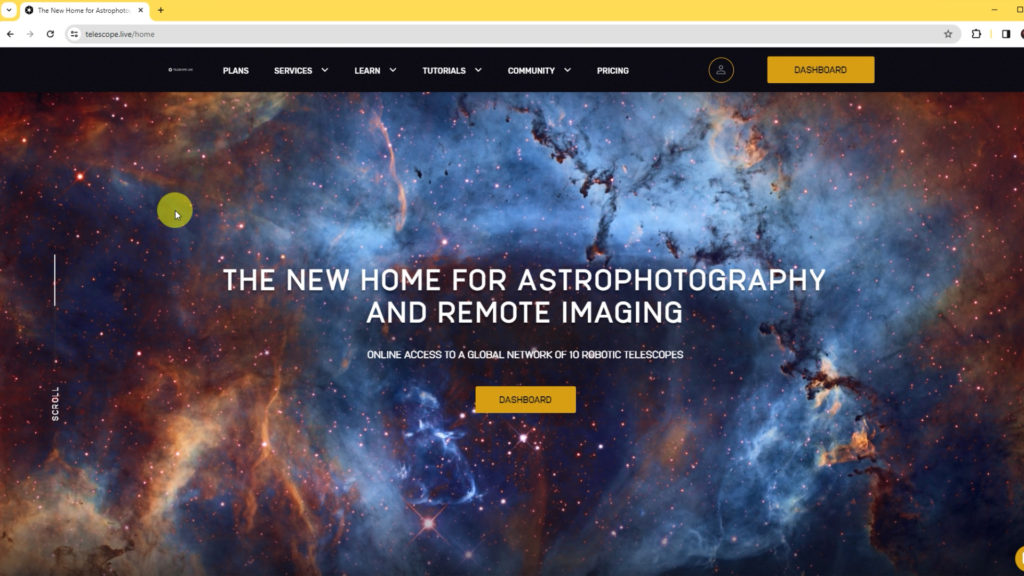



After enduring months of unfavorable weather, my resolve crumbled. I logged onto their website and invested in two bundles of astro-images. As we find ourselves amidst galaxy season, I acquired RAW data of the captivating Whirlpool Galaxy, captured by the aforementioned 70cm f/8 RC telescope perched on a mountaintop in southern Spain. Additionally, I procured RAW data of the enchanting barred spiral galaxy NGC1365, a sight unattainable from my Dutch abode, captured in Chile’s Rio Hurtado Valley at an elevation of approximately 1500m, utilizing a 61-cm aperture Corrected Dall Kirkham telescope valued at around 130K. I recommend Telescope Live for those already adept at processing mono astrophotography images, enabling you to fully appreciate the caliber of RAW data at your disposal. While this isn’t an exhaustive review of their services, I’m open to providing one if there’s interest. For those intrigued by their offerings, entering this promocode: 2DD8Q should generate a generous 20% discount for those willing to barter their souls as backyard astrophotographers.
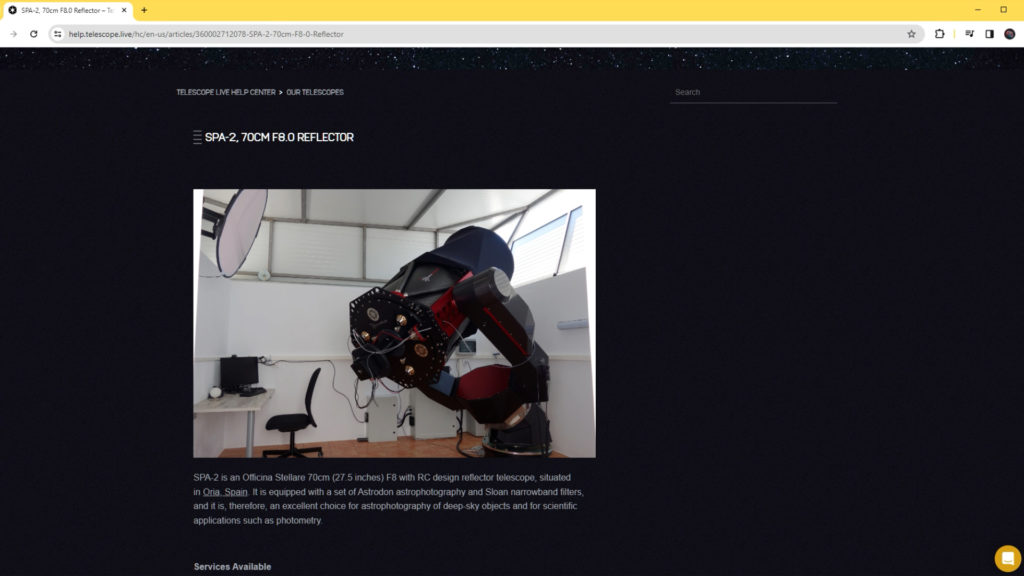

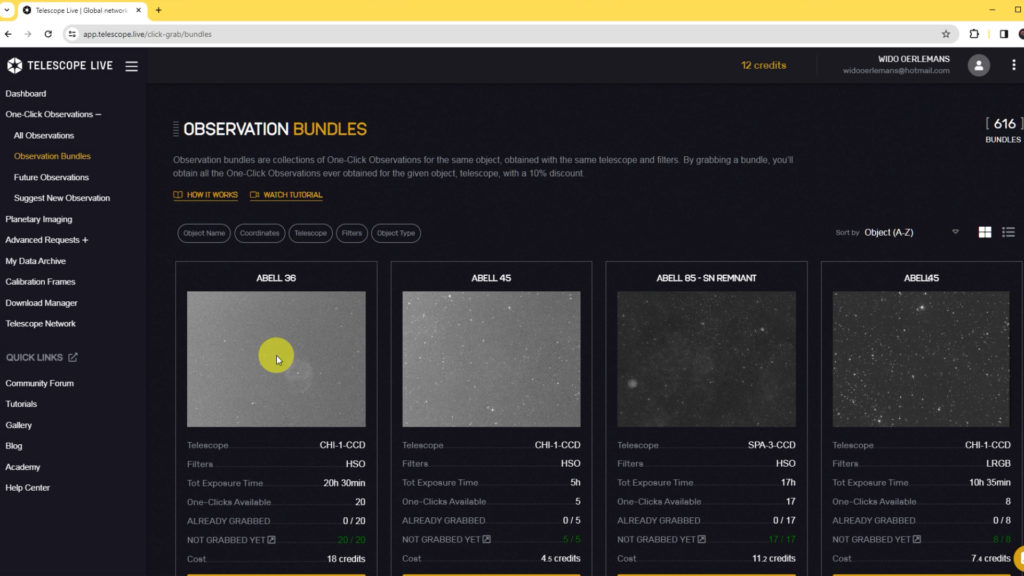
Let’s conclude by showcasing the disparity between my humble attempts at capturing the Whirlpool Galaxy from my balcony with my Edge HD 8″ telescope, and the processed masterpiece crafted from the RAW data of that formidable 70cm aperture telescope in southern Spain. And, of course, I’ll unveil the stunning barred spiral galaxy captured in Chile. As always, both images will be available in full resolution for the wonderful individuals who support this channel financially. Thank you immensely, and may your skies remain clear!
